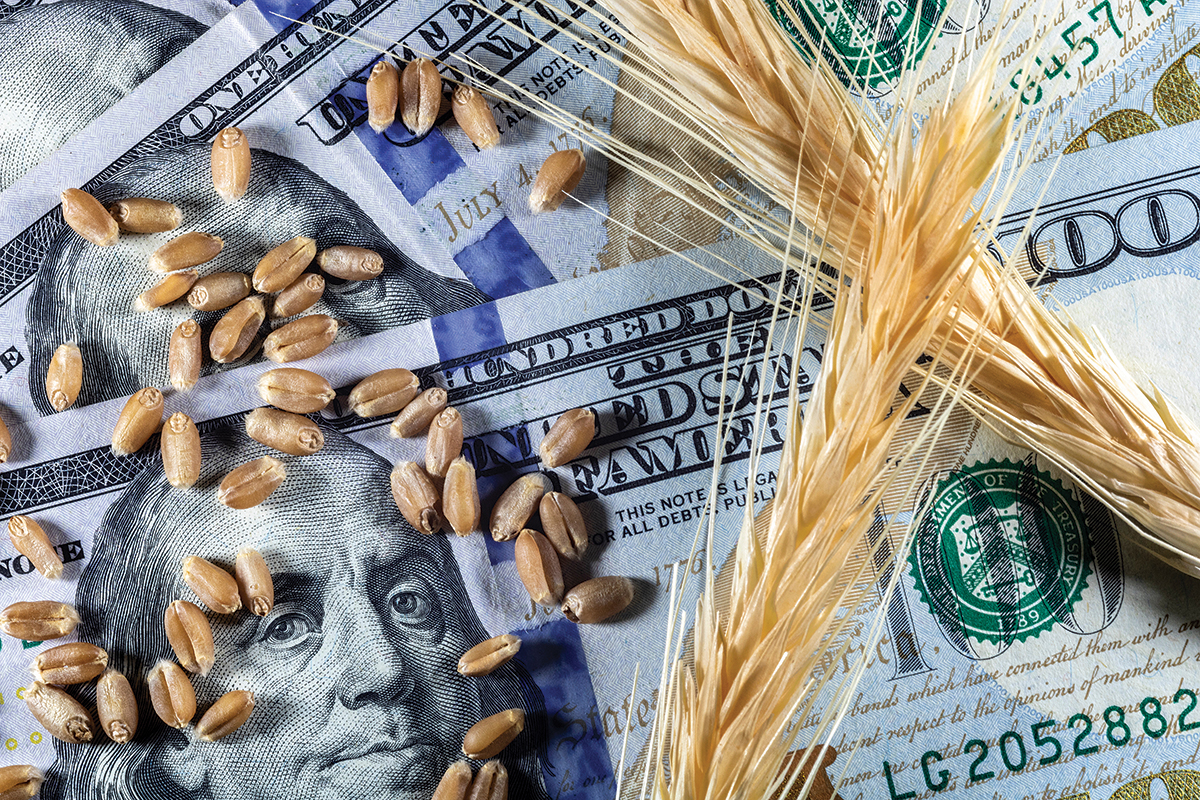
Commodities are bought and sold around the global market but only a few are sold on platforms of commodity exchanges. A commodity market is where commodities, hard and soft, are traded similar to shares and bonds in financial markets, and this often affects the general market price.
The price of a commodity on an exchange will be influenced by forces beyond the manufacturers themselves. Commodity markets drive the prices of key foods and ingredients on all levels of the supply chain. Here, we will examine how close is the link between the commodity exchange to the general price level of the commodity itself.
A commodity exchange permits a buyer to lock in a supply of the corresponding commodity in advance through futures contracts guaranteeing that they are safeguarded against fluctuations in the market. The main advantage of an exchange is that it allows both participants - buyers and sellers of physical commodities - to hedge their prices way before they even transact physically.
While the price being paid on the commodity exchange inadvertently drives the value paid by the sellers in the physical world, sometimes it does not determine the amount exactly. The product specifications set by the exchange are strictly defined regarding quality, quantity, location and the delivery period of the commodity traded. This is done to attract liquidity since the higher the trades in that commodity, the better the price discovery is. However, in the ‘real physical world’, every buyer and seller might require something slightly different than the exchange specifications in terms of quality, quantity or location, among others.
Commodity exchanges are based in major cities including Chicago, London and Shanghai. However, prices of key agricultural commodities such as cocoa and coffee fluctuate numerous times in a year. But does the commodity exchange, in locking in futures for large companies, work well or not for these stakeholders?
One school of thought suggests that faremers benefit from structured commodity pricing. The supporting argument states that these prices are published and made available on a public platform where anyone with a smartphone and internet connection can view the price. When farmers are not being paid the price their commodity is valued at, it is not the large corporations who prevent them from getting it; it is the middlemen who control the farmers from receiving the right price.
In West Africa, growers of cocoa are often paid a small fraction of exchange prices because their governments often negotiate export contracts with foreign buyers. This is where the missing link or the disconnect between physical prices to producers and the exchange prices typically occurs.
Another common feature of commodity prices is the rising trend of direct sourcing where small-scale manufacturers can work with a buyer directly cutting out the middleman and transacting directly with a buyer to fix a price that is often independent of the futures price. In most African regions, high-quality specialty coffee is increasingly transacted through a direct sourcing model and buyers prefer this as it looks nice from a PR perspective as well and provides peace of mind in terms of supply security.
In light of the rising prices of commodities, the risk of those with contracts in the commodity markets will be mitigated versus someone without it. But again, the question arises, will the farmers on the ground feel the increased value of their produce? In the case of coffee, farmers will probably see a difference. However, with a time lag introduced as farmers are paid from one harvest to the next, they will see a benefit in the rising prices but not until their next harvest is in the bag and sold. On the contrary, large growers who actively hedge using commodity markets will be best positioned to realise the full value of their gains.
Commodity markets establish a reliable market for buyers and sellers to lock their prices. Facilitating trade through the deployment of a trusted commodities exchange model creates the backbone for sustainable consumption and production of commodities. Through this ecosystem, economies become more inclusive boosting critical links between agriculture and finance especially where information is vital to achieve efficient trading mechanisms.






